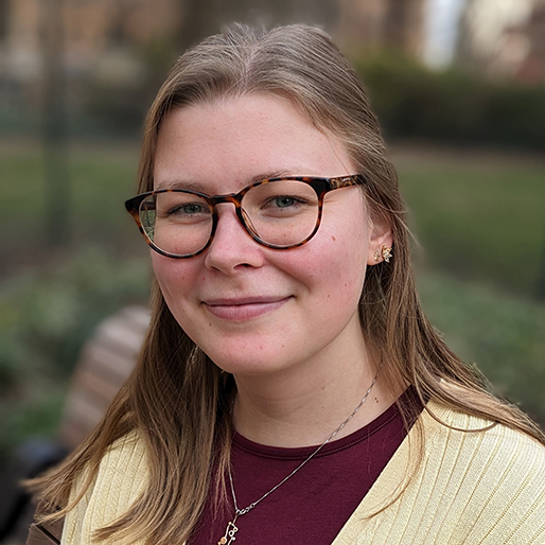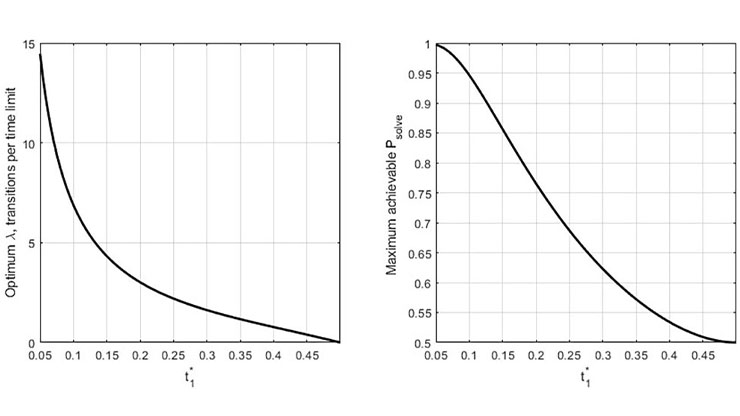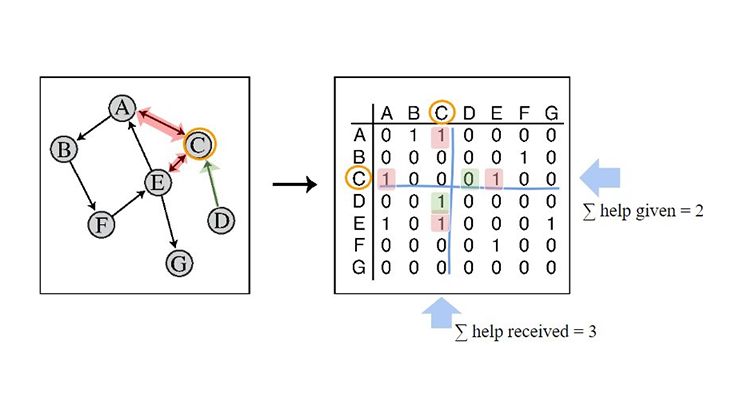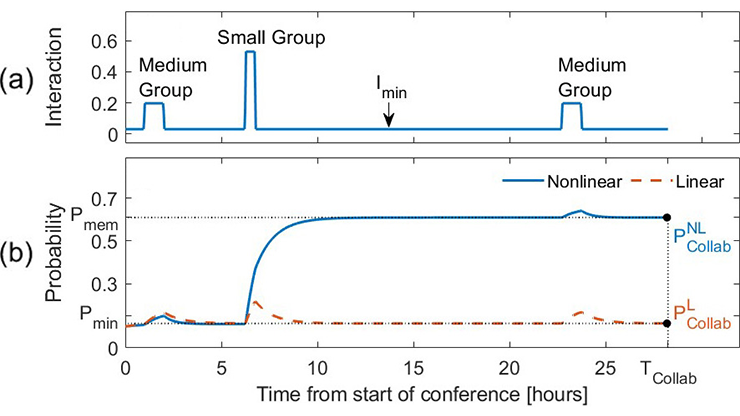The Dynamics of Group Conversations on Scientific Themes
This is Ruoming Gong of Northwestern University’s first time attending a SIAM Conference on Applications of Dynamical Systems, so he has been meeting lots of new people. As he reported at the start of his contributed presentation at the 2025 conference—which is being held in Denver, Colo., this week—he often remembers his conversational partners’ research interests and personalities, but not so much the specific words that they said.
Recounting these experiences led Gong into an outline of his recent work on modeling the dynamics of group conversations with coauthor Daniel Abrams of Northwestern University. This analysis was based on recordings of in-person scientific conversations at Scialog conferences: collaborative meetings that aim to foster connections between early-career scientists to work on multidisciplinary challenges, organized through the Research Corporation for Scientific Advancement. Since 2023, they have recorded over 100 sessions from meetings in diverse areas such as neuroscience and astrophysics.

“These cover a broad range of topics,” Gong said. “They also try their best to ensure that people don’t already know each other before the conference.” The dataset thus shows how individuals can build social bonds and scientific collaborations with each other through conversations. “This provides a very rich dataset for our analysis,” Gong continued.
Figure 1 provides an example of data from a 75-minute group session, in which the amount of time that different people spent talking is quite imbalanced; speaking turns vary widely in length and the order in which they occur. A few individuals dominate the conversation, while the rest tend to speak less frequently. Interestingly, individuals’ total speaking time follows a power-law-like distribution — a pattern that appears consistently throughout the data (see Figure 2). “It’s remarkable that the speaking time distribution remains universal across sessions,” Gong said.
The fit to a power law was fairly convincing and remained the same even across different conferences, meaning that it was not dependent on topic. “Can we build a simple mathematical model to explain this?” Gong asked. He presented a model of conversational dynamics that focuses on people’s innate desire to speak, which others in the group pick up through social cues. In the model, the current speaker’s desire to speak decreases over time, while the listeners experience a growing desire to speak — a natural assumption, since no one is going to speak forever. A turn switch then occurs when one of the listener’s desires to speak exceeds that of the current speaker. “For now, we want to see whether these simple rules give rise to interesting dynamics and can fit to the data,” Gong said.
At the model’s turn switch, the new speaker’s desire to speak is set to one, while the previous speaker’s desire is set to zero; this jump creates a strong nonlinearity in the model. All of the other participants are reset at the turn switch to a desire to speak that is moderated by \(\alpha\), which represents conversational courtesy, i.e., the tendency to not interrupt. For simplicity, Gong assumed a universal \(\alpha\) between speakers. Since this is a simple analytical model, it is possible to solve analytically for three speakers and in the limit of a large number of speakers.

“Now we come to the question of how the model works with real data,” Gong said. He fit the model to data from the 2023 Scialog conferences and then made predictions for the 2024 data in terms of attendee rankings by speaking time and the total speaking time for attendees. Despite its simplicity, the model performed well at this task.
In summation, Gong noted the central role that social cues play in turn-taking during group conversations, and hoped that this work could contribute to the improved facilitation of group discussions to ensure that everyone has a chance to speak up. He also remarked on the effectiveness of the simple mathematical model at capturing the key dynamics of conversations. “We hope that this work can stimulate interest in this direction, since not so many dynamical systems people are working in this area,” Gong said.
About the Author
Jillian Kunze
Master's student, Drexel University
Jillian Kunze is the former associate editor of SIAM News. She is currently a master’s student in data science at Drexel University.

Stay Up-to-Date with Email Alerts
Sign up for our monthly newsletter and emails about other topics of your choosing.






